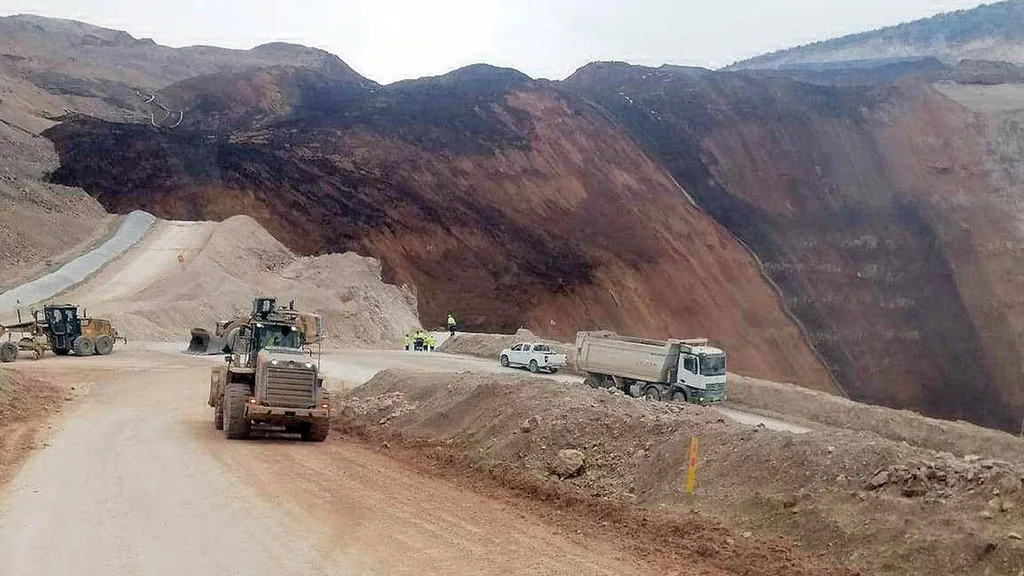In the heart of Kastamonu, Turkey, a groundbreaking study led by Mehmet Uğur Yilmazoğlu is turning an everyday waste product into a promising solution for soil stabilization, with significant implications for the energy sector. The research, published in the Gazi University Journal of Science (Gazi Üniversitesi Fen Bilimleri Dergisi), explores the potential of waste vehicle air filters to enhance the mechanical properties of silty soils, offering a sustainable and cost-effective alternative to traditional fiber reinforcements.
The study, conducted under laboratory conditions, involved converting waste air filters into 6 mm long fibers and mixing them into silty soil at varying percentages of the soil’s dry weight. The results were striking. “Fiber reinforcement increases shear strength,” Yilmazoğlu explains, “and the optimum fiber ratio for maximum stability improvement is 0.75%.” This finding could revolutionize ground improvement practices, particularly in the energy sector, where soil stabilization is crucial for the construction of power plants, wind farms, and other infrastructure.
The implications of this research are far-reaching. By using waste materials, the method not only reduces environmental pollution but also cuts down on the costs associated with traditional fiber reinforcements. “This study reveals that fibers obtained from waste vehicle air filters can be a sustainable alternative to polypropylene and other costly fibers with high carbon footprints,” Yilmazoğlu notes. This could lead to significant savings for energy companies, making projects more economically viable and environmentally friendly.
Moreover, the use of waste materials in geotechnical applications aligns with the growing global focus on sustainability. As the energy sector increasingly prioritizes green initiatives, this innovative approach to soil stabilization could set a new standard for construction practices. “It can also be considered a potential ground improvement additive contributing to reducing waste and improving the mechanical properties of the ground,” Yilmazoğlu adds.
The study’s findings open up new avenues for research and development in the field of geotechnical engineering. Future studies could explore the application of this method in different soil types and environmental conditions, further expanding its potential benefits. As the energy sector continues to evolve, the integration of sustainable practices like this one will be crucial in shaping a greener and more efficient future.
In the words of Yilmazoğlu, “This research is just the beginning. The potential for waste materials in construction is vast, and we are only scratching the surface.” As the industry continues to innovate, the insights gained from this study could pave the way for a more sustainable and cost-effective approach to soil stabilization, benefiting the energy sector and beyond.

